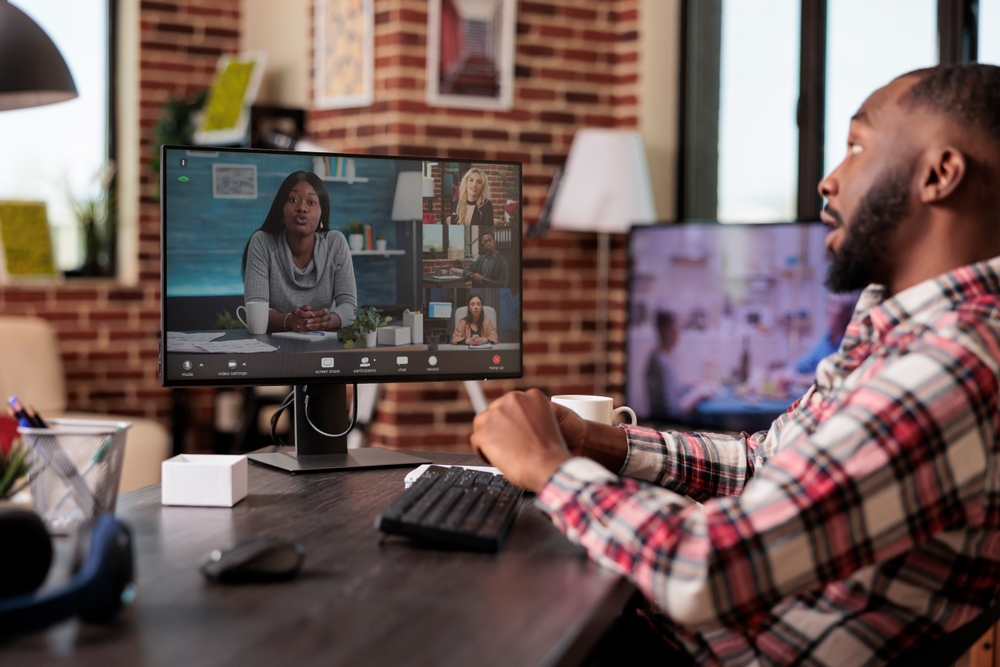Ever get the feeling your boss knows things they shouldn’t? Like how you spent exactly seven minutes scrolling on your phone, or how you always take an extra thirty seconds microwaving your lunch? Welcome to the age of hidden workplace surveillance, where employers have access to tools that track nearly everything you do—often without ever telling you. In a world where technology is woven into every task we perform, companies are gathering more data on employees than ever before, sometimes quietly, automatically, and with surprising precision.
The result is a workplace where privacy feels optional, and awareness matters more than ever. Let’s dig into the sneakiest ways employers might be watching, tracking, measuring, and analyzing your work… and your behavior.
1. Keylogging Software Tracking Every Keystroke
Keylogging software runs silently in the background and records every key you press—yes, every letter, every backspace, every frantic email rewrite. Employers may use this under the guise of “performance optimization,” but in practice, it can feel disturbingly invasive. It doesn’t just capture work-related typing; if you use your work device for personal messages, those keystrokes may also be recorded. Many employees don’t even know the software is installed. This is one of the most common forms of hidden digital monitoring in modern workplaces.
2. Screen Monitoring to Watch Your Every Move
Screen monitoring tools allow supervisors to view your screen in real time or review screenshots taken at regular intervals. Imagine someone quietly peeking over your digital shoulder all day long, except you don’t know they’re there. These tools can reveal browsing habits, message drafts, and unfinished notes. While some companies claim this ensures productivity, it can also create a culture of silent pressure and performance anxiety. The unsettling part is that the oversight can happen without any visible indication to the employee.
3. Email Scanning Tools Reviewing Messages for Keywords
Many workplaces automatically scan emails—not just incoming, but internal and outgoing ones too. Software searches for keywords, flagged topics, and “risky communication patterns,” sometimes even using AI to infer emotional tone. You might think you’re having a private conversation with a coworker, but that message could be quietly analyzed, logged, or flagged. The system doesn’t just care what you say—it cares how you say it. This means employees may unknowingly shape their expression, humor, and tone just to avoid misinterpretation.
4. GPS Tracking on Company Devices and Vehicles
If your employer provides a company phone, laptop, or car, that device may be equipped with GPS tracking automatically. Even if you’re off-the-clock, the system may continue collecting location data. Employers often justify this as protecting equipment or optimizing workflows. Yet, the result can be an eerie sense that you are always “on,” even when you’re not being paid. The line between work life and personal life becomes blurry fast.
5. RFID Badges Logging Movement Throughout The Building
Swipe badges seem harmless—they open doors, track clock-ins, and grant access. But behind the scenes, they also create detailed logs of your movement throughout the office. Want to know how long you spent in the break room? The system knows. Need proof you walked down the hall at 10:14 AM? It’s all recorded. These logs can be used to make assumptions about productivity, sociability, and even loyalty.
6. Hidden Activity Tracking Through Collaboration Platforms
Tools like Slack, Teams, or project dashboards often feel casual and conversational. However, they frequently track typing speed, message frequency, responsiveness, login times, and periods of inactivity. This data is sometimes accessible to administrators who can draw conclusions about how engaged or available you are. The casual tone of these platforms masks the fact that they’re also corporate surveillance tools. What feels like a chatroom can also be a performance scoreboard.
7. Webcam Activation and Virtual Presence Monitoring
With remote work becoming common, some employers use software that periodically activates webcams or requires random check-ins. Even when cameras aren’t actively recording, certain tools track eye movements, posture, or whether you’re still in front of your device. This creates a constant pressure to prove presence rather than prove productivity. The psychological impact is real: employees report feeling watched in their own homes. Work-life boundaries shrink into a tiny pixel-sized window.
8. Phone Call Recording and Voice Analysis
Call centers and client-facing roles often record calls “for quality assurance.” But beyond recording, some software can analyze tone, emotional cues, and conversational pacing. It may flag frustration, hesitation, or lack of “enthusiasm” as performance issues. These systems don’t just watch what you say— they evaluate how human you sound. The result can feel less like conversation and more like a measured performance.
9. Wi-Fi Tracking Inside the Workplace
Even when you’re not logged into a device, your phone’s Wi-Fi signal can be used to track your movement throughout the building. Employers can map foot traffic, understand who gathers where, and monitor how long people spend away from their desks. This information can be used in everything from efficiency planning to suspiciously targeted performance discussions. Most employees have no idea this is happening. Even turning off Wi-Fi doesn’t always disable signal ping tracking.
10. Time-Tracking Programs That Measure Micro-Delays
Some employers use productivity software that tracks how long it takes you to complete tasks, switch windows, or respond to notifications. If your response times slow down, the software notices. If you take longer than average to write an email, it notices. Performance becomes quantified into micro-metrics that often ignore context, nuance, or humanity. The pressure to appear constantly active can lead to burnout—and definitely not better work.
Awareness Is Power, And Your Experience Matters
Employers may have more monitoring tools than employees realize, and many workplaces don’t openly discuss the extent of their surveillance. Understanding what might be happening behind the scenes can help you protect your privacy, your peace of mind, and your sense of autonomy. Work shouldn’t feel like a stage with a hidden audience watching your every move. The more openly we talk about these practices, the more workplaces can shift toward transparency and trust.
Have you ever experienced hidden monitoring or workplace surveillance? Share your thoughts, questions, or stories in the comments section.
You May Also Like…
Why Do Some Employers Delay Paychecks to Trap Workers?
Why Do So Many People Ignore Their Employer’s Retirement Plan?
7 Workplace Wellness Programs That Quietly Fail Employees
9 Workplace Behaviors That Managers Quietly Track
8 Forgotten Workplace Deductions Employees Rarely Claim






